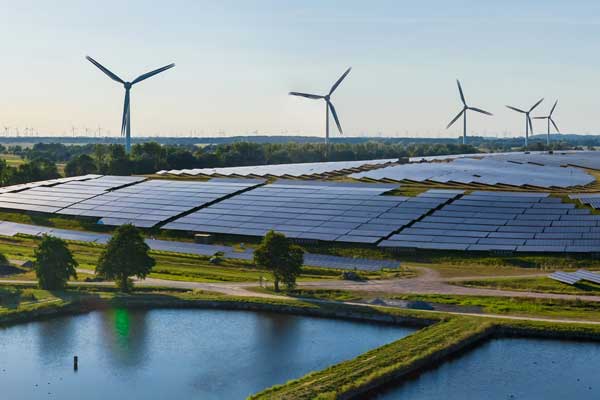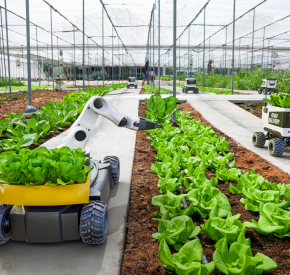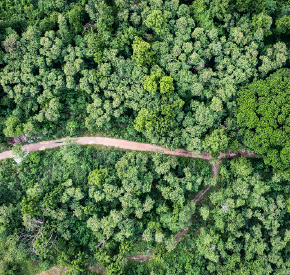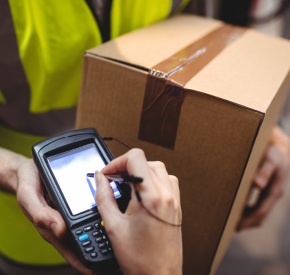IoT connectivity for the Environment sector
IoT is pivotal for environmental management due to its ability to provide real-time data from various sensors, enabling comprehensive and continuous surveillance of environmental conditions.
This data empowers decision-makers with insights into air and water quality, climate patterns, wildlife behaviour, and habitat conditions facilitating proactive responses to environmental challenges.
IoT supports environment conservation efforts by directing resources where they are most needed, optimising energy use, promoting sustainable agriculture and enhancing overall environmental sustainability. Protecting and preserving the environment for present and future generations.
Some of the many applications we are connecting...
How does IoT improve environment monitoring and management?
IoT enhances environmental monitoring with sensors tracking air and water quality in real-time. This data aids authorities in pinpointing pollution sources and implementing targeted solutions. For example, if high pollution levels are detected, measures like emission controls can be enforced to safeguard public health.
Wildlife monitoring using IoT devices like GPS tags helps in protecting biodiversity by tracking animal movements and identifying critical habitats. Additionally, IoT-enabled early warning systems for natural disasters enable timely evacuation and resource deployment. Overall, IoT empowers proactive decision-making by providing real-time data on environmental factors, aiding in sustainability efforts.


How does environmental IoT enhance resource efficiency?
IoT plays a key role in resource efficiency, aiding in smarter energy, water and waste management. By deploying IoT devices across sectors like buildings and agriculture, real-time data on resource usage is collected and analysed.
For energy, IoT monitors consumption patterns and optimises usage, reducing waste. In water management, sensors detect leaks and optimise irrigation, conserving water. IoT also enhances waste management by monitoring fill levels in bins and automating recycling processes.
How does IoT improve precision conservation?
Precision conservation, driven by IoT, is essential for addressing environmental issues and boosting ecosystem health. IoT tools provide detailed insights into ecosystems, species behaviour, and environmental patterns, enabling targeted conservation efforts.
For instance, GPS collars with IoT capabilities track endangered species, offering real-time data on habitat preferences and migration. This guides the establishment of wildlife corridors to safeguard biodiversity.
Moreover, IoT-based monitoring systems track air and water quality, soil conditions, and weather. If pollution is detected, immediate action can be taken to restore water quality, benefiting aquatic life and surrounding ecosystems.
Additionally, IoT enables predictive analytics, identifying areas at risk of deforestation or wildfires. This proactive approach aids in implementing preventive measures to minimise environmental damage.


Why cellular connectivity for environment IoT?
Cellular connectivity stands out as the preferred choice for environmental IoT applications, primarily due to its wide coverage and real-time communication capabilities. Cellular networks extend connectivity to remote and inaccessible areas, ensuring comprehensive environmental monitoring in locations like forests, mountains, and offshore sites. This broad coverage enables seamless data transmission from IoT devices to monitoring centers or cloud platforms, facilitating timely detection and response to environmental changes or emergencies such as pollutant spikes or natural disasters.
IoT solutions for any sector
IoT. It's not complicated with Wireless Logic
Design and deploy a future-proof IoT solution that scales with your business.
Contact usView our environment success stories



















